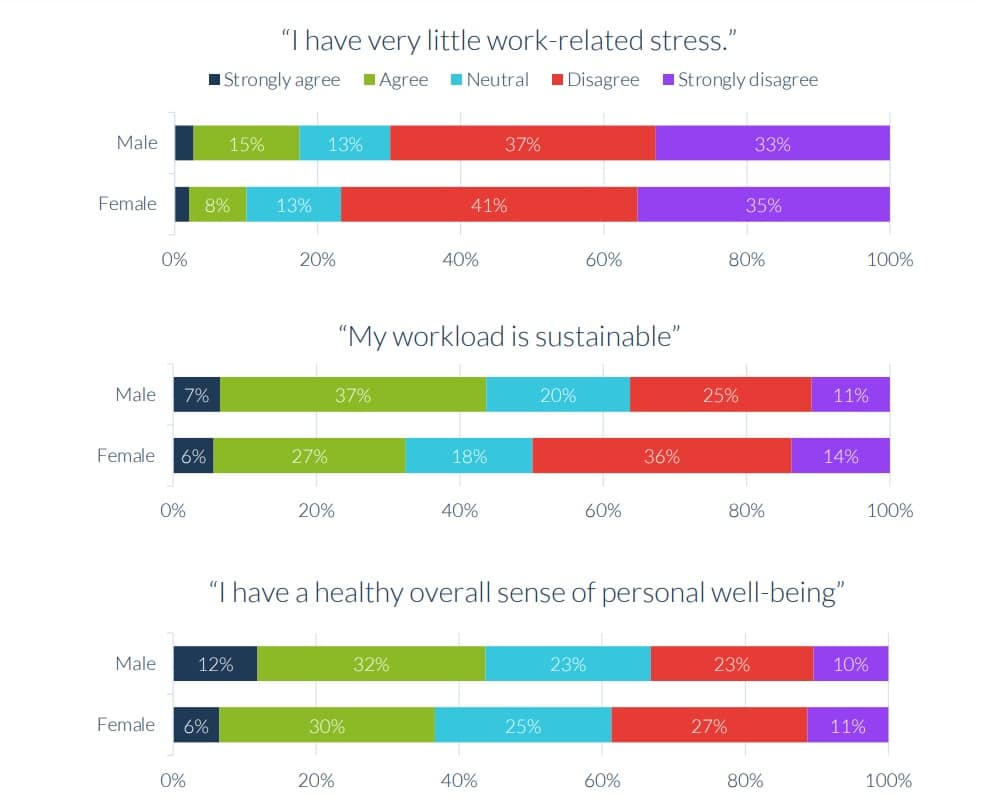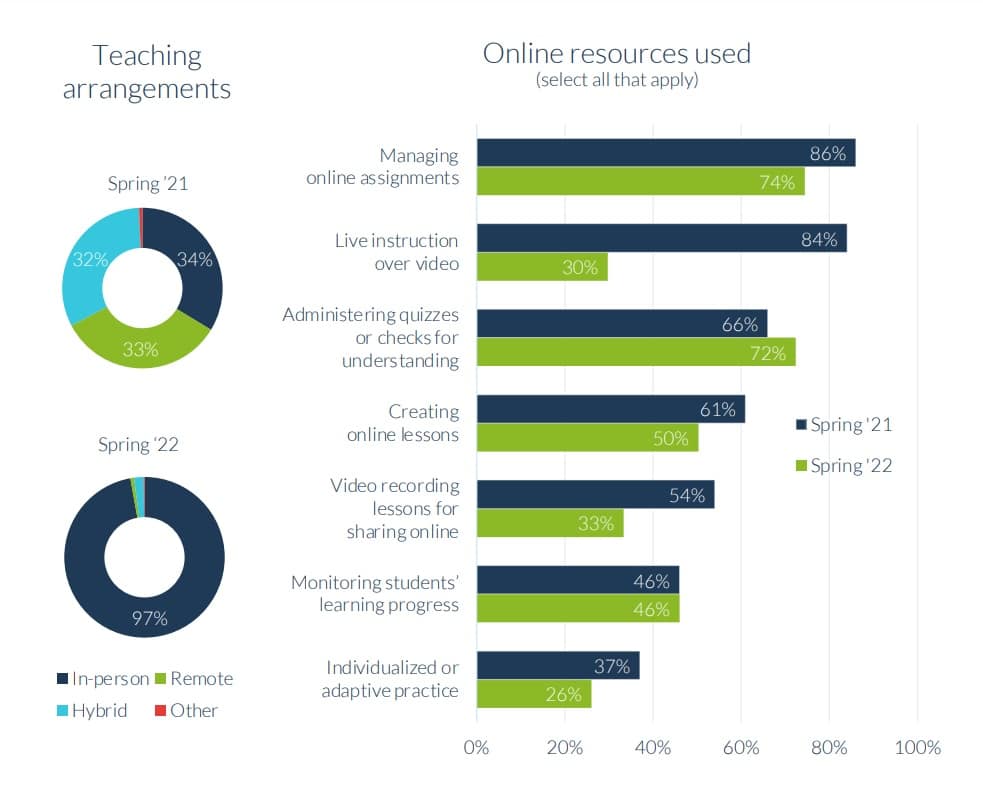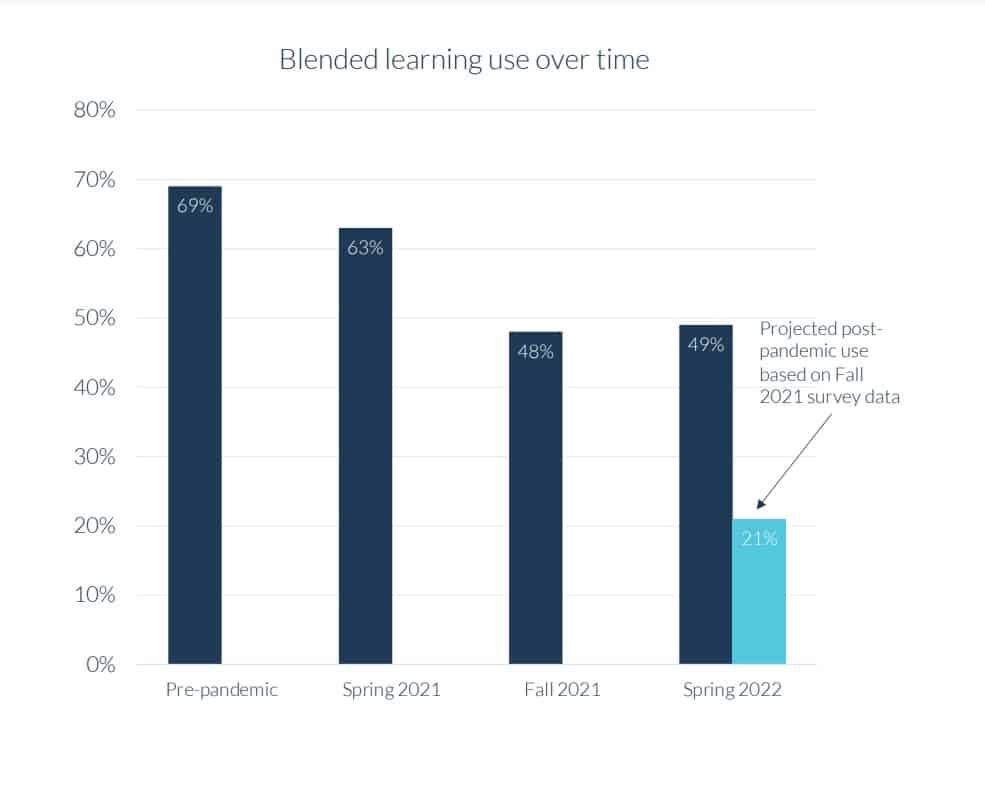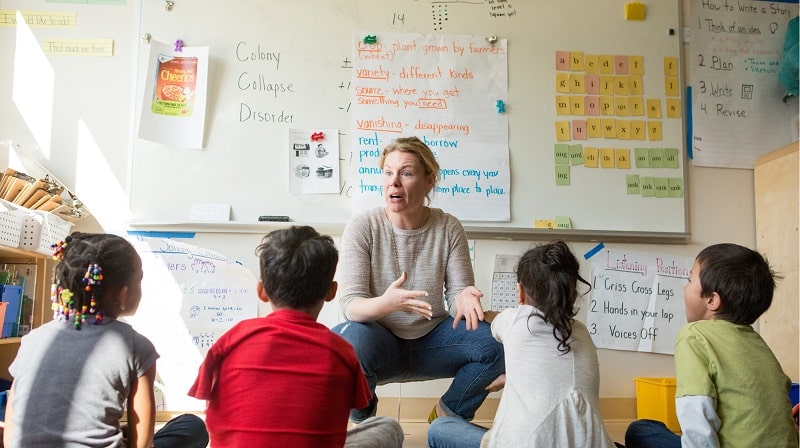In April of 2022, the Christensen Institute and Bay View Analytics conducted a final series of surveys on the state of teaching and learning in K-12 schools across the country in the wake of the pandemic. After tracking pandemic-related education trends starting in 2020, these final surveys not only collected responses from teachers and administrators, but compared these responses to those from previous years in order to reveal the trends and patterns continuing as schools reopened, as well as those poised to change. (Note: Responses collected from teachers represented 1,042 schools, 639 school systems, and 46 states and D.C. Responses collected from administrators represented 380 schools, 317 school systems, and 45 states.)
Based on educators’ responses, this final survey aimed to better predict what teaching, learning, and school program design would look like at the beginning of 2023 as well. However, as we all learned during the pandemic, a lot can change within a year.
In this piece I’m eager to revisit some of the most telling data points highlighted in our final surveys— not only to determine their accuracy, but also to better envision what teaching, learning, and administration may look like in the upcoming 2023-2024 school year.
Please post your comments below, or email me at tarnett@christenseninstitute.org.
1. On teacher wellbeing
Insight: Teachers experienced a great deal of stress in the 2021-2022 school year, but most said they maintained a healthy sense of wellbeing. And male teachers seemed to have fared better than their female colleagues.

Question: Was this insight overly optimistic from teachers? If so, what are the biggest challenges being faced by teachers this year?
2. On equity and instructional programs
Insight: In 2021, when many schools were struggling to provide emergency remote instruction, equitable access to instruction was a significant concern. But in Spring 2022, when many schools had returned to in-person instruction, administrators indicated that their districts’ decisions about instructional programs were influenced less by concerns about equity.

Question: With recent data revealing the extent of the pandemic’s impact on student achievement, is equity once again a greater concern than it was in the spring of last year?
3. On program participation
Insight: In most school systems offering tutoring or virtual schools, administrators estimated that only a small subset of students participated in these programs.

Question: Is student participation still low? And if so, why?
4. On online learning resources
Insight: Teachers used resources for online instruction over video far less once most returned to in-person instruction. In contrast, their use of other online resources declined only slightly as of April 2022.

Question: Are online resources still being used mainly for classroom management and quick formative assessments?
5. On blended learning
Insight: Roughly half of all teachers used some form of blended learning in the 2021-22 school year. In April 2022, blended learning use declined from levels reported before and during school closures but had not declined as much as projected by our Fall 2021 survey responses.

Question: Are almost half of all teachers still using blended learning?



